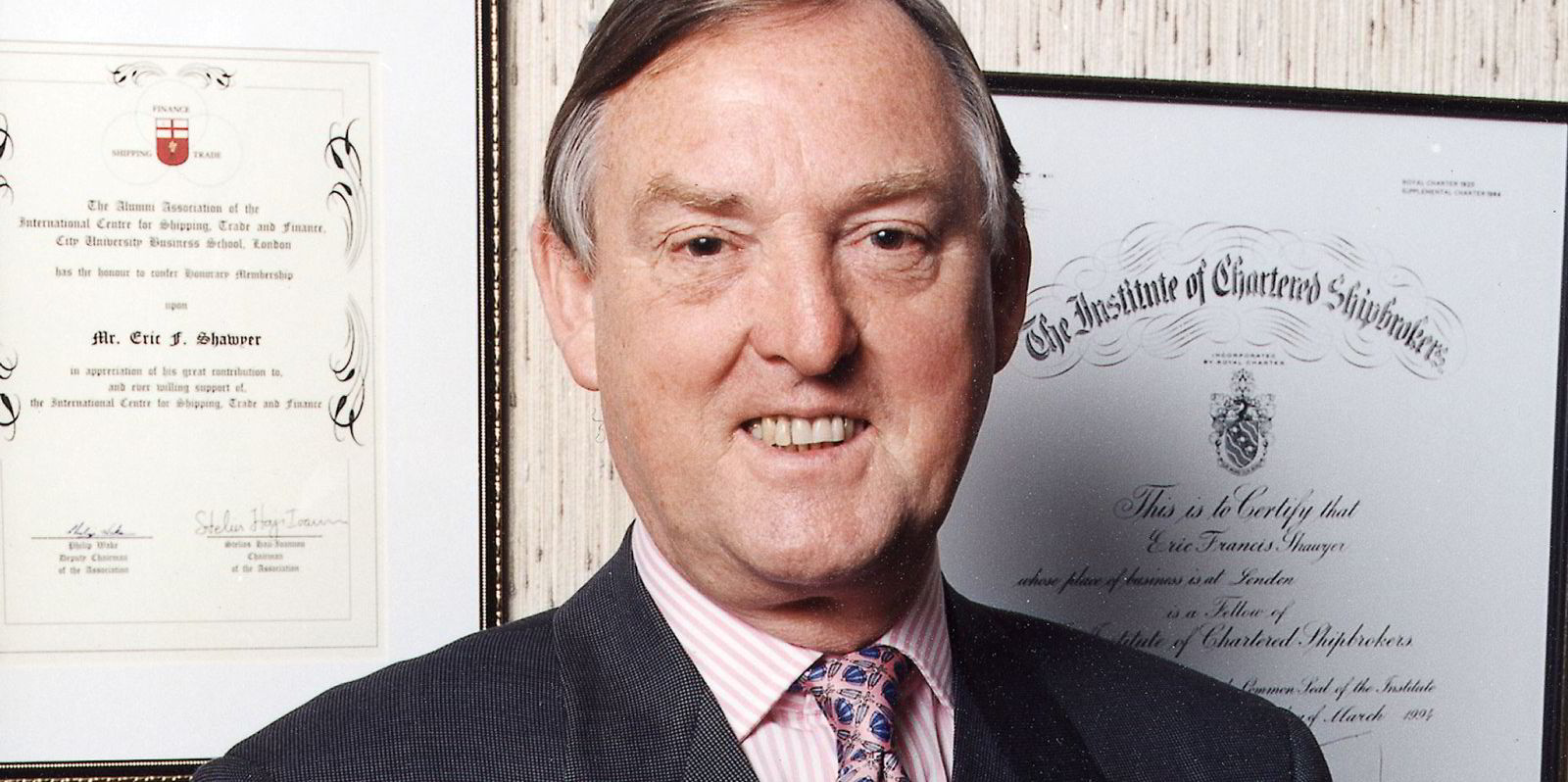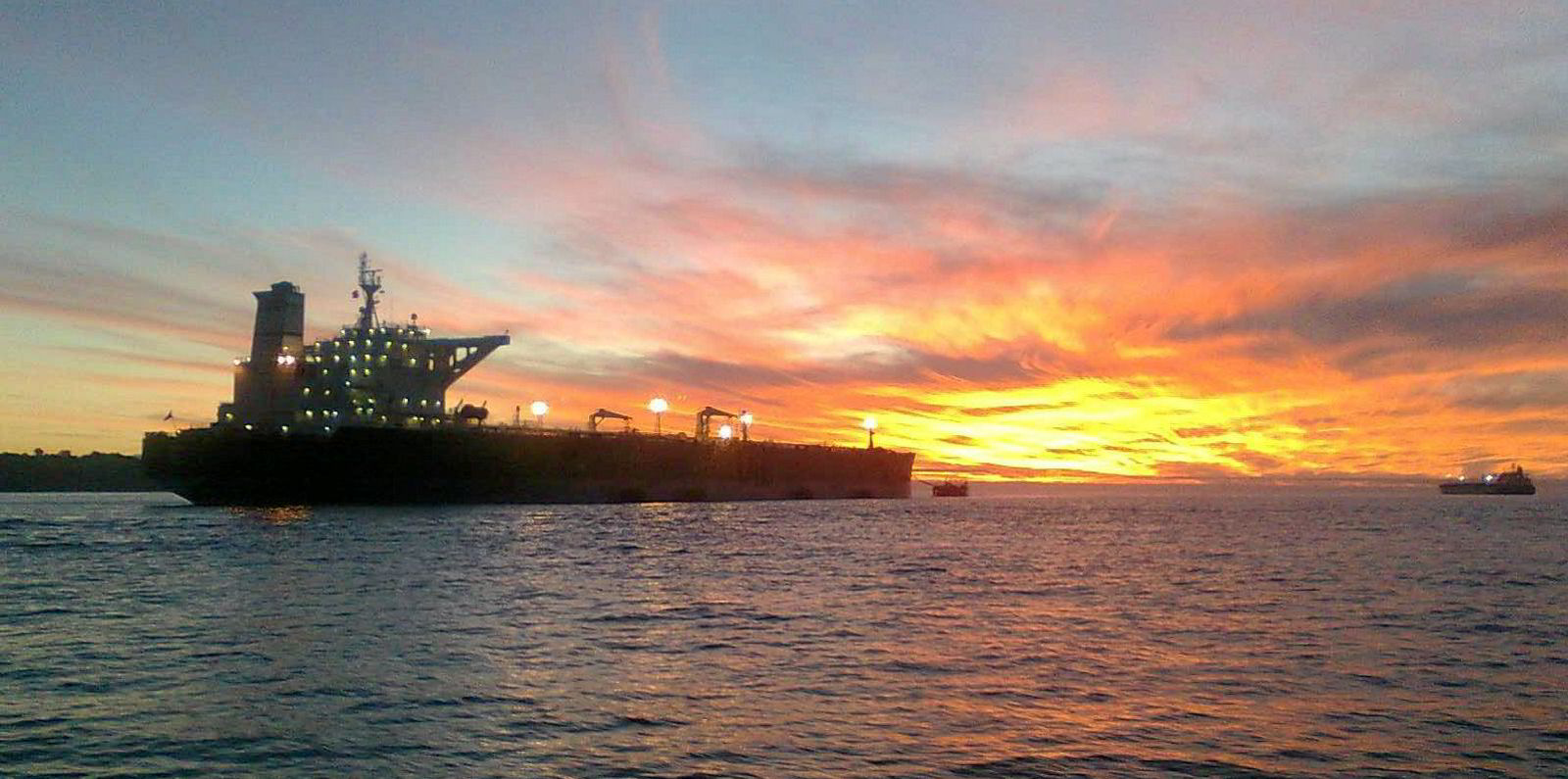To the Editor,
What our good friend Mr Panayides forgets [in his Viewpoint: It is time for change: the end of Worldscale for tanker fixtures] and does not know is the history of why and how Tanker Rate Scales came into being.
Before World War II, tanker rates — like dry cargo freights — were calculated in shillings and pence per ton during the time when there were few major trades on few routes and vessels were fixed from port to port.
At the beginning of the war, when all tanker vessels were requisitioned by the British Ministry of Transport (MOT) to carry the cargoes necessary for the war effort, a rate of 32 shillings and six pence per ton was established and to give owners a return for the use of their vessels.
This was based on cargo Curacao/UK/Curacao port to port returning in ballast. There was an extra payment for additional ports. These were called MOT rates. On its entry into the war, the US established a similar scale called USMC, based in dollars.
Both rates worked well until peacetime when they became cumbersome, needing conversion tables to ascertain the levels between the two systems. As the volume of oil trades and voyages and the range of loading and discharging ports increased this issue needed to be resolved.
Major oil companies introduced a new tool, Scale, enabling charterers and owners to fix their vessel, giving flexibility of trading worldwide whilst maintaining an equal return. This produced an index on which to gauge market values on whatever voyage was performed, including all the variables for a multitude of loading and discharging areas and port combinations.
Evolving index
Over the years, Worldscale has evolved considering changing patterns in the industry. The closure of the Suez Canal saw "cape laden and ballast" and "cape-laden Suez ballast rates brought in", and the calculation of bunker costs was established.
When sterling was devalued another reassessment in the rates was necessary, insurance costs were apportioned, and who paid for what, such as Suez Canal Dues, was clearly defined.
Worldscale has always has been the preferred tool of charterers and owners but if it does not satisfy the emerging players such as envisaged by Mr Panayides then they are always at liberty not to use Worldscale — however, they lose the protection that fixing on it affords them.
To denigrate something just because it does not agree with your ideas is not constructive.
Eric F Shawyer CBE FICS
Ex-chairman of The Baltic Exchange, ex-president of the Institute Of Chartered Shipbrokers,
ex-chairman of Worldscale London and the London Tanker Brokers Association
Do you have an opinion to share? Email: news@tradewindsnews.com





